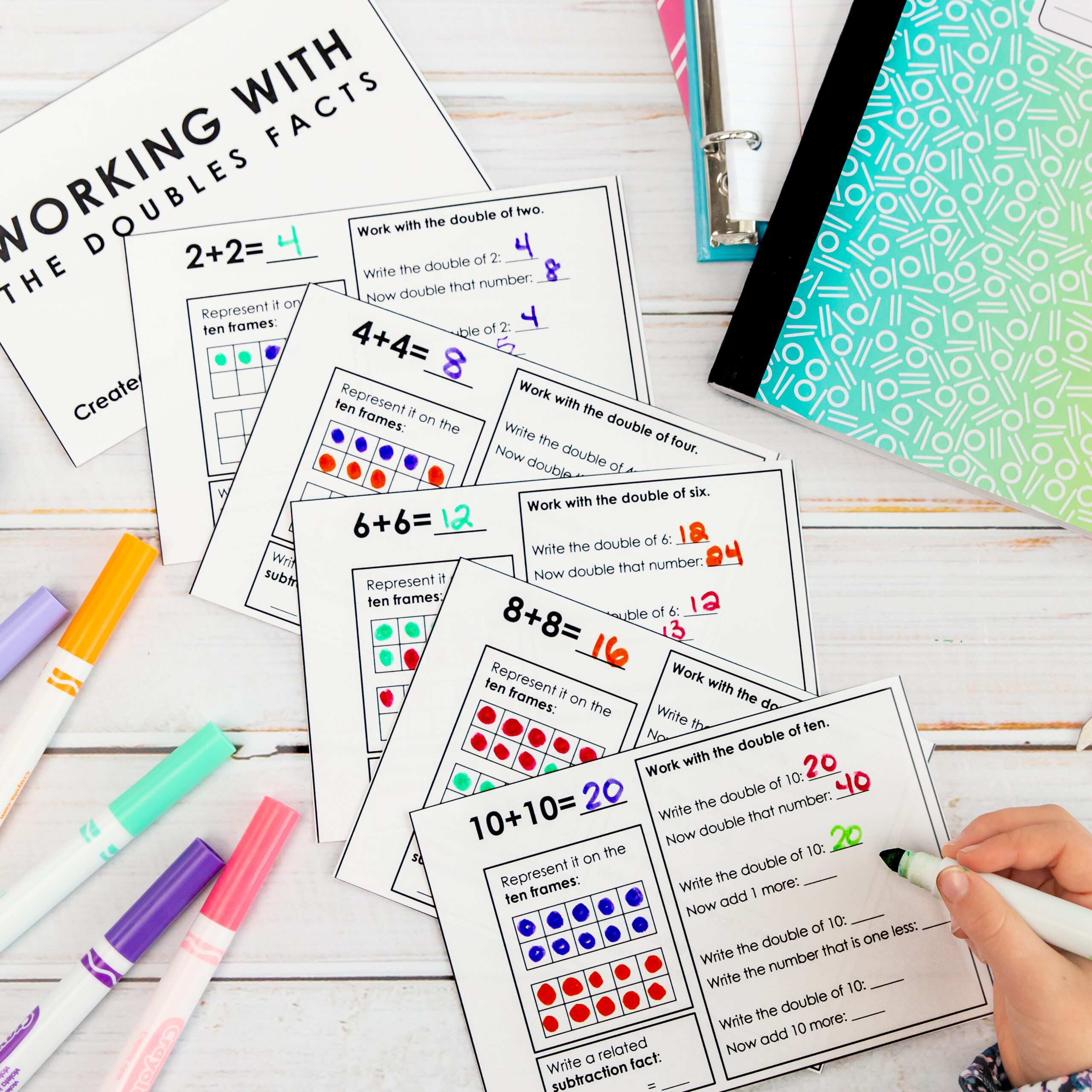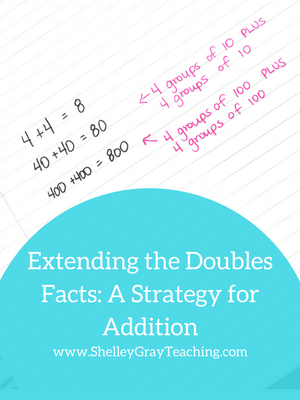
How to Teach the Doubles Facts So Your Students Actually Understand
What are the doubles facts in math? How do you teach them? Why are the doubles addition facts important? By the time you finish reading

What are the doubles facts in math? How do you teach them? Why are the doubles addition facts important? By the time you finish reading

The doubles facts are generally an introductory set of facts that we want our students to become automatic with. We can relate the doubles to